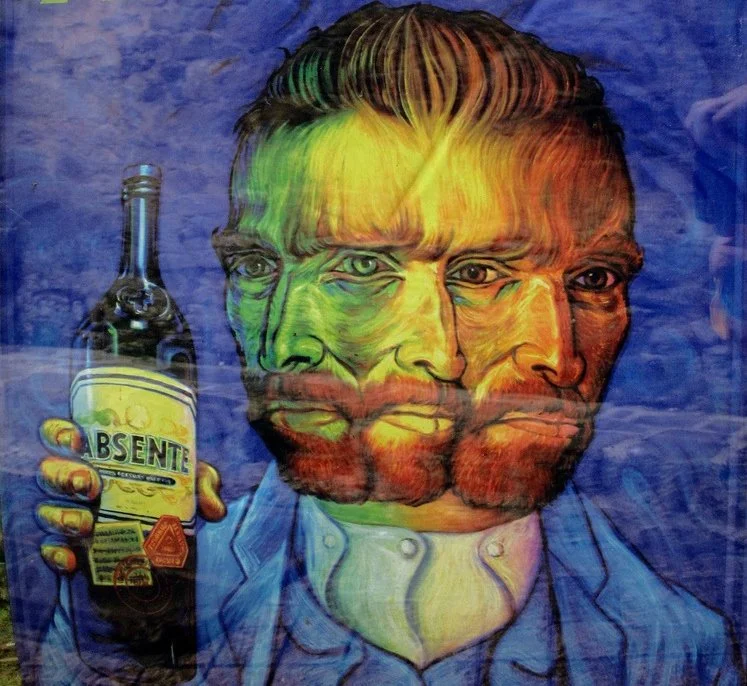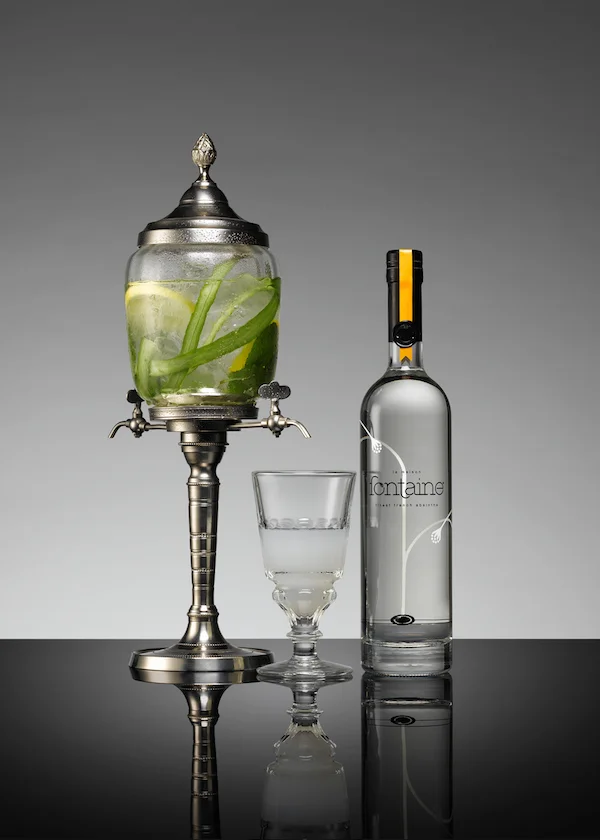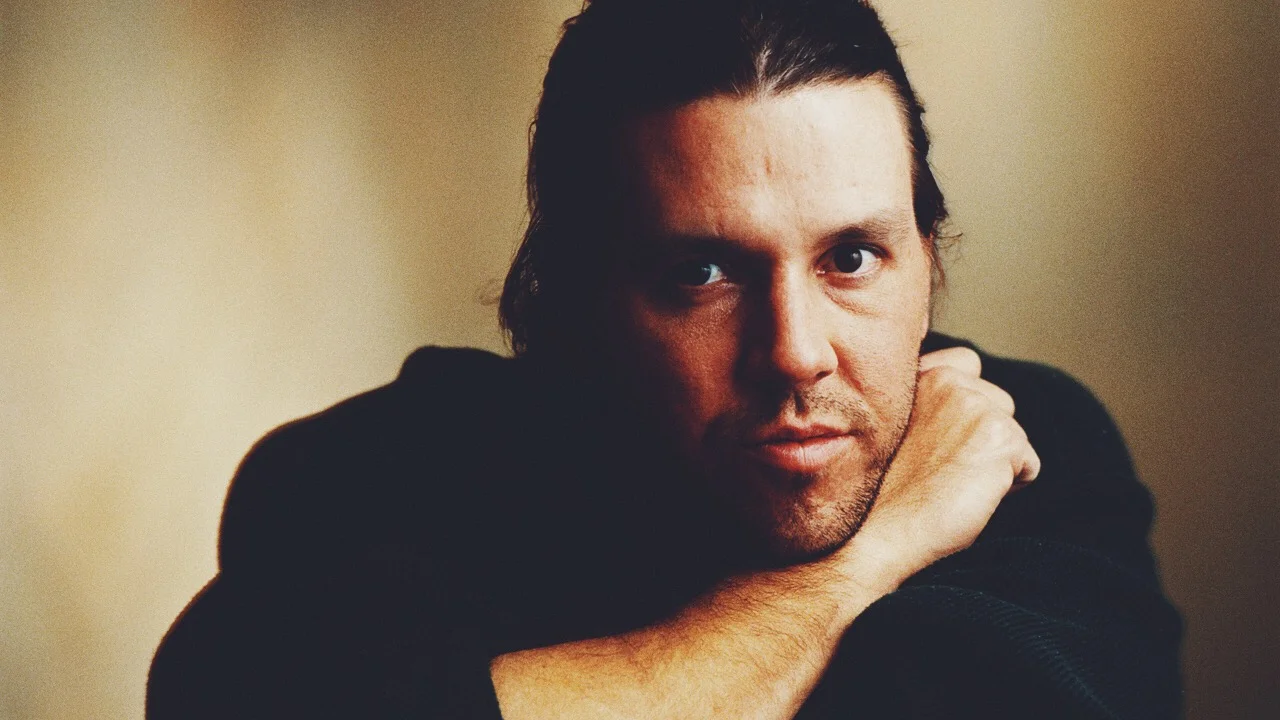Absinthe | Uncovering the Drink's Greatest Myths
Absinthe was the drink of choice for the literary stars of 19th century Paris. Picasso, Hemmingway, Wilde, and Van Gogh were known to sip on the green spirit as they thought in cafés, painted in their lofts, and discussed issues of the times. As potent as the alcohol was, it was a tool for creative expression, and drinking the "Green Fairy" was socially acceptable.
Absinthe Doesn't Make You Hallucinate
But like most good things in life, absinthe was abused, and after too many people got drunk off it, it was banned across the globe. Many blame the drink's effects on Wormwood, the herb that supposedly gives the drink its psychoactive effect, but recent studies have proven this assumption to be wrong. Regardless, Absinthe has since gotten a bad rep, and people shy away from it out of fear for losing their minds.
Now after 100 years of prohibition, absinthe is being legalized across the globe. In fact, it's been legal in the U.S. since 2011- and yes, it is REAL Absinthe. It contains the same amount of wormwood that was in the 19th and early 20th century bottles, and it has the same, black licorice flavor. As people become aware of the truths behind the spirit, and the unique methods for preparing and consuming the drink, it will be likely to find its place in the booming spirits market.
Reinventing Absinthe
In looking at the current alcohol industry, we're seeing a huge shift in consumer preferences. Drinkers are looking for craft beer, flavored vodka, and bitter infused cocktails. Essentially, they're looking for different flavor combinations and new experiences, and Absinthe can fit these wants. And not only does absinthe offer a unique taste for drinkers, it brings with it an exciting and historical culture that makes it attractive for beverage connoisseurs.
Absinthe has the potential to reach a new market of alcohol drinkers- especially millennials looking for something different- and it's already seeing a exponential growth and sales abroad. According to Business Insider, a French absinthe distiller has increased output from 7,200 litres to 30,000 liters in the past 15 years- a substantial boom that may begin to take rood in the U.S.
Right now you can find absinthe in specialty stores such as Total Wine, but the options are limited. Normal grocers don't sell any of it, and while the cheapest bottle might cost you $25, the average runs about $60. It's no problem that the market can't solve, demand just needs to be there. And as millennials continue to explore their drink options and experiment with new flavors, absinthe may be the next thing to get big.
You can check out some more history of absinthe and ways of drinking it in the latest Munchies video:


